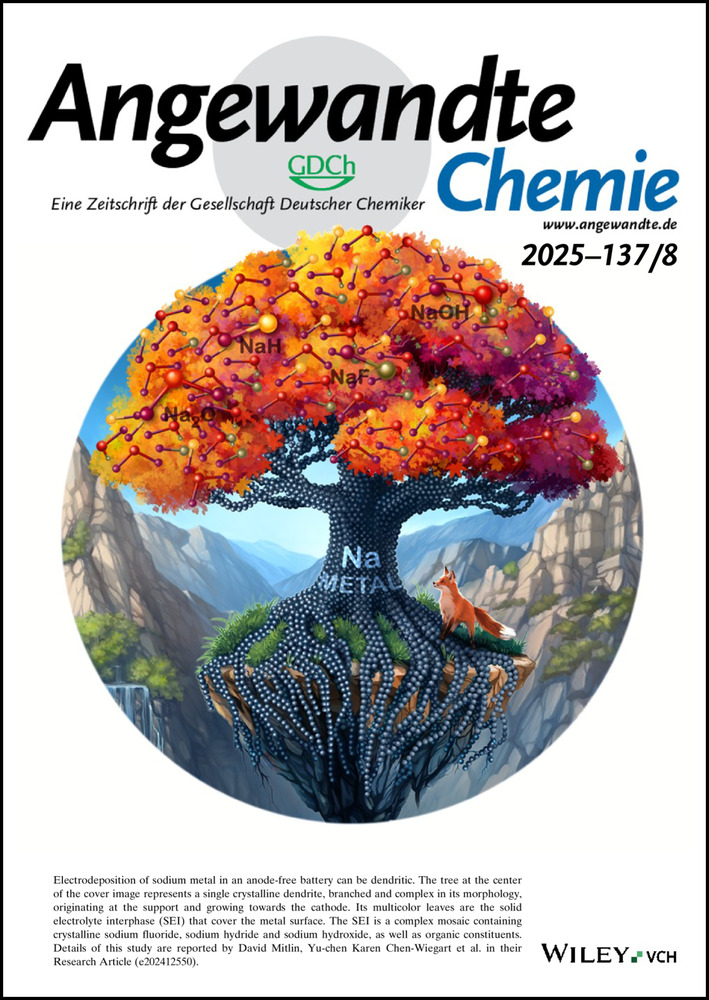Enhancing Low-Concentration Electroreduction of NO to NH3 via Potential-Controlled Active Site-Intermediate Interactions
Abstract
Electronic defect states in catalysts are recognized as highly effective active sites for enhancing the low-concentration electroreduction of NO to NH3 (NORR). Their structures dynamically evolve with applied electrode potentials, allowing the active sites to adjust interactions with intermediates, thereby improving electrocatalytic performance. However, the dynamic changes in these interactions under applied potentials remain poorly understood, hindering the design of more diverse electrocatalytic systems. Herein, we developed a strategy that unitizes electrode potential to control the interactions between active sites and intermediates over oxygen vacancy-modified TiO2 (VO−TiO2−x) to enhance NORR performance. By combining state-of-the-art constant inner potential (CIP) DFT calculations with in situ (spectro)electrochemical measurements, we investigated how the electrode potential influences these interactions in NORR. The results clearly demonstrate that applying an external potential alters the spatial symmetry of degenerate orbitals of Ti3+ to facilitate the generation of key intermediates for NO-to-NH3 conversion. Therefore, the VO−TiO2−x catalyst exhibited superior NORR performance with a NH3 Faradaic efficiency up to 76.4 % and a high NH3 yield rate of 632.9 μg h−1 mgcat.−1 under 1.0 vol % NO atmosphere, which is competitive with those of previously reported works under higher NO concentration (above 10 vol %). Remarkably, the NORR process achieved a record-breaking NH3 yield of 2292.7 μg h−1 mgcat.−1 in a membrane electrode assembly (MEA) electrolyzer under the same conditions. This study opens a new avenue for enhancing electrocatalytic activity by adjusting operating conditions, thereby transcending the limitations of material design.
Conflict of Interests
The authors declare no conflict of interest.
Open Research
Data Availability Statement
The data that support the findings of this study are available from the corresponding author upon reasonable request.




